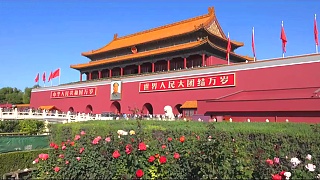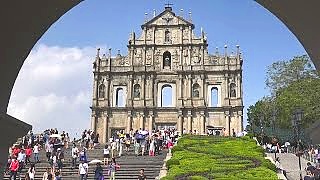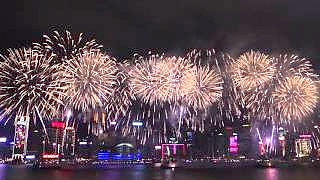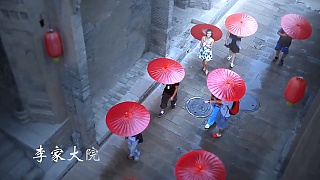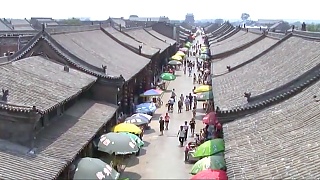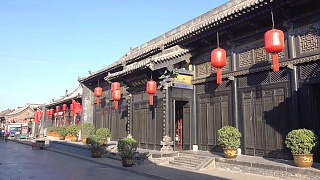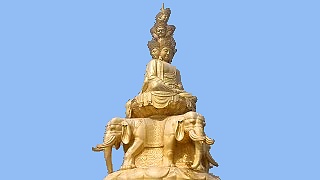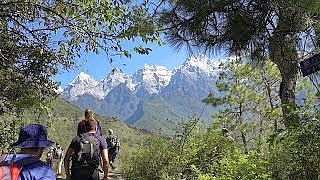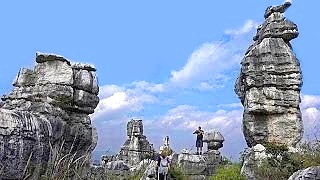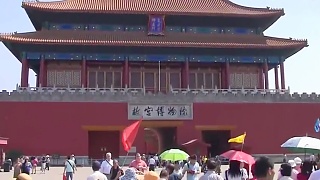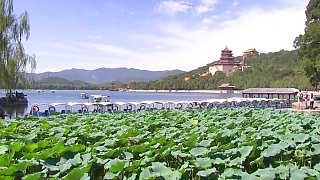PingYao lies in ShanXi province, central China, about 700 kilometers (400 miles) southwest of BeiJing and 80 kilometers (50 miles) from the provincial capital TaiYuan..
PingYao is a UNESCO World Heritage Site for being "an exceptionally well-preserved example of a traditional Han Chinese city".
PingYao is an exceptionally well-preserved example of a traditional Han Chinese city, founded in the 14th century. This ancient city is renowned for its well-preserved city walls and outlying temples.
The city walls were constructed around 1370 and have six barbican gates. The walls are 12 meters high, with a perimeter of 6 kilometers. A 4 meter wide, 4 meter deep moat lies just beyond. There are also 72 watchtowers.
[640],shadow=true,start=,stop=
 The ancient city of PingYao 平遥, ShanXi province, in Ultra HD / 4K
The ancient city of PingYao 平遥, ShanXi province, in Ultra HD / 4K
